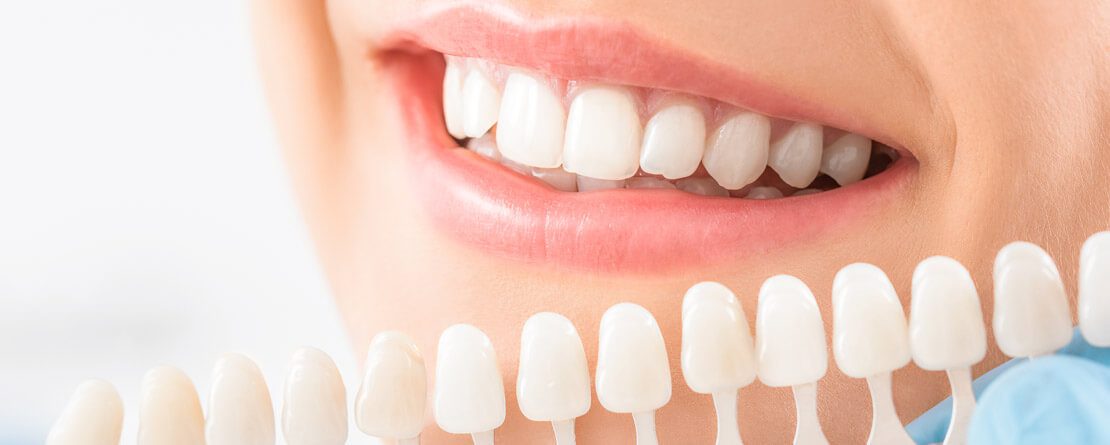If you are in need of a dental cosmetic restoration, metal dental materials may have been recommended to you over ceramic. The reason for this may be that materials made of metals are easier to place than ceramic. However, with the right dentist, ceramic veneers (as well as inlays and crowns) can be a highly effective treatment option.
No-Drill Veneers
If you have heard about a veneer placement option that is so thin that it does not require teeth to be altered, you, unfortunately, have been misinformed. Whether or not drilling is necessary for the procedure for placing veneers depends not on the thickness of the veneer jackets, but on the position of the tooth that is being treated. While traditional veneers are quite thin, new, “non-prep” veneers have come out of great developments in materials engineering. These new veneers are razor-thin and unbreakable, and they earned the term “non-prep” because the ceramic jackets are almost translucent.
Dental Veneers Procedure
After an initial consultation, the procedure for placing veneers starts with the removal of a very thin layer of dental enamel (this is usually required, though not always). The tooth or teeth may be bleached beforehand if there are severe discolorations. Once a sufficient amount of enamel is removed, an impression is taken of the tooth, and a bite cast is produced. The impression and bite cast are sent to a dental laboratory and used to create the veneer. In the meantime, the tooth being treated will be fitted with a temporary veneer to keep it protected. Once the veneers are ready, the patient will return to the dentist office to have the temporary veneer removed, and the ceramic veneer placed and bonded.

